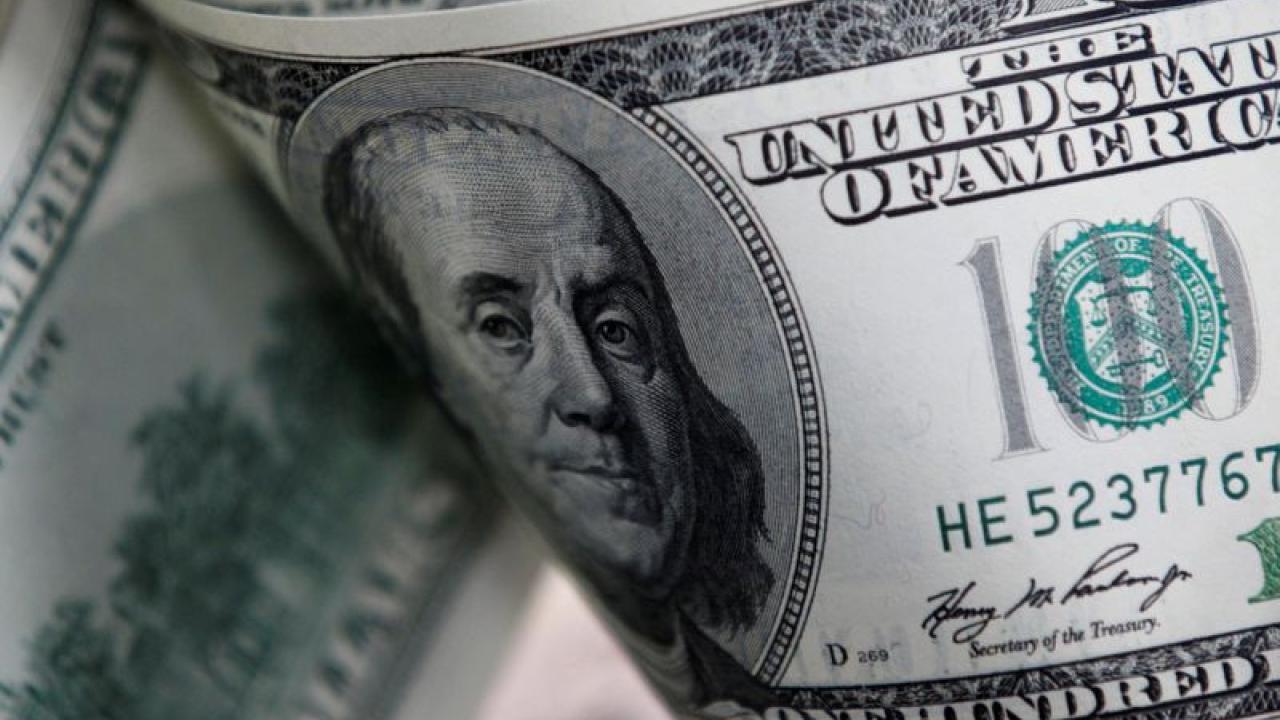
The underlying variable lost one tenth, to 3.3%, its lowest mark since April 2021.
The consumer price index (CPI) of the United States stood at 3% year-on-year in the month of June, which implies a slowdown of three tenths compared to the May figure, as reported this Thursday by the Bureau of Labor Statistics of the Department of Labor of the country.
For its part, the underlying index, which excludes food and energy prices from its calculation due to their greater volatility, closed the sixth month of 2024 with an increase of 3.3%, one tenth less than the previous month and its lowest mark since April 2021.
For its part, food became more expensive by 2.2% year-on-year, while energy was 1% more expensive in June than twelve months earlier.
The June data could contribute to the normalization of monetary policy by the United States Federal Reserve (Fed), since it points to a containment of inflation, although the variable preferred by the Fed to monitor the cost of life is the personal consumption expenditure (PCE) price index.
In monthly reading, the general index rate fell one tenth compared to the stagnation in May, while the underlying rate moderated one tenth to advance 0.1%.
MONETARY POLITICS
The Federal Open Market Committee (FOMC) of the Fed decided in mid-June to keep interest rates in the target range of between 5.25% and 5.5%, at their highest since January of 2001.
In its statement, the entity stressed that when considering any adjustment to the federal funds rate, the Committee would carefully evaluate the incoming data, the evolving outlook and the balance of risks.
"The Committee does not expect it to be appropriate to reduce the target range until it has gained greater confidence that inflation is moving steadily towards 2%," he announced.
However, the US central bank highlighted that inflation had decreased in the last year, but remained high, although it noted that, in recent months, "there had been modest progress" towards the 2% inflation target.
The Fed's macro forecasts also showed that the members of the issuing institute were mostly inclined in June towards fewer interest rate cuts than in March, when up to three cuts were projected during 2024. Now they would be in favor of a single reduction in this exercise.










